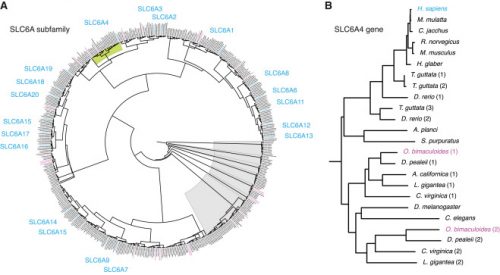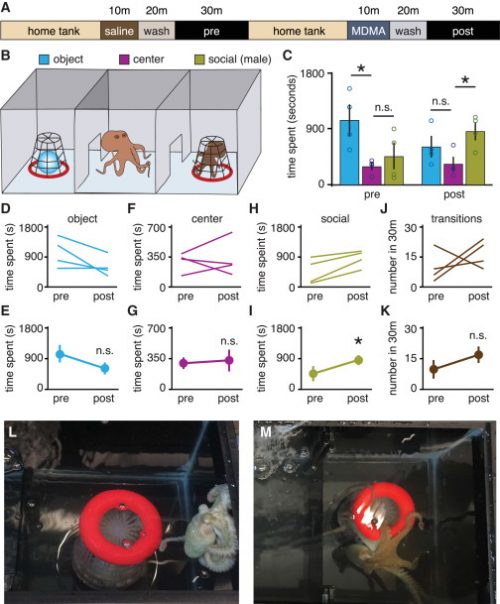I love this video — it speaks the truth.
Although, I have to confess, the bit at the end is a manly punch to the gut, because it’s too true — I never told my father I loved him, and he never said it to me, not because we didn’t, but because Real Men don’t talk about it. I’m not a particularly macho kind of guy, but this poison has affected even me.
I blame the voice of Pappy Jack, and I’m gonna beat him up if I ever meet him.





